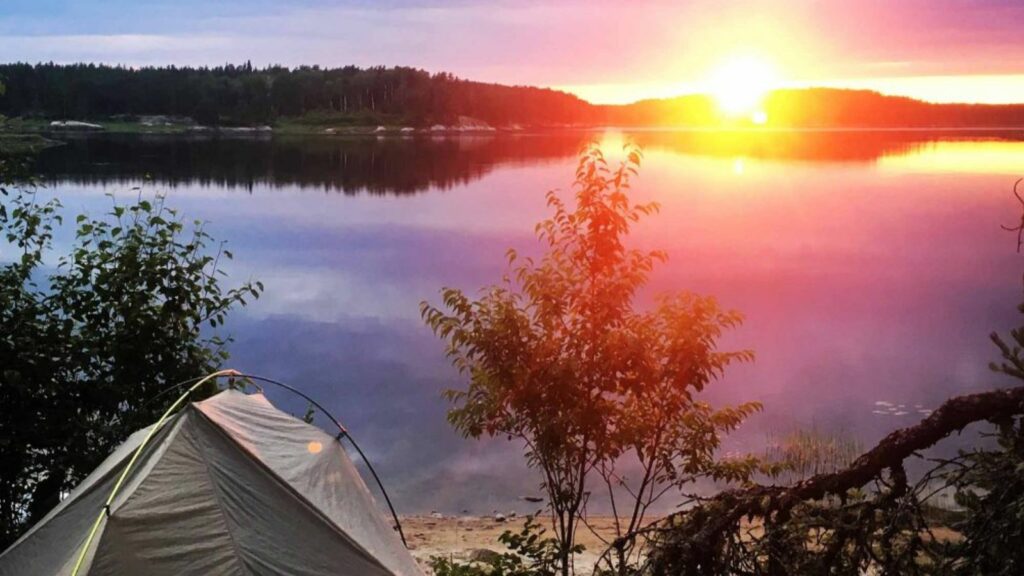Canada is a land of staggering natural beauty. While cities draw the spotlight, the real soul of the country lies in its wilderness, raw, remote, and refreshingly untouched. From ancient rainforests to high Arctic tundras, here are 28 places where Canada’s wild heart still beats strong, undisturbed by the pace of modern life.
Nahanni National Park Reserve, Northwest Territories
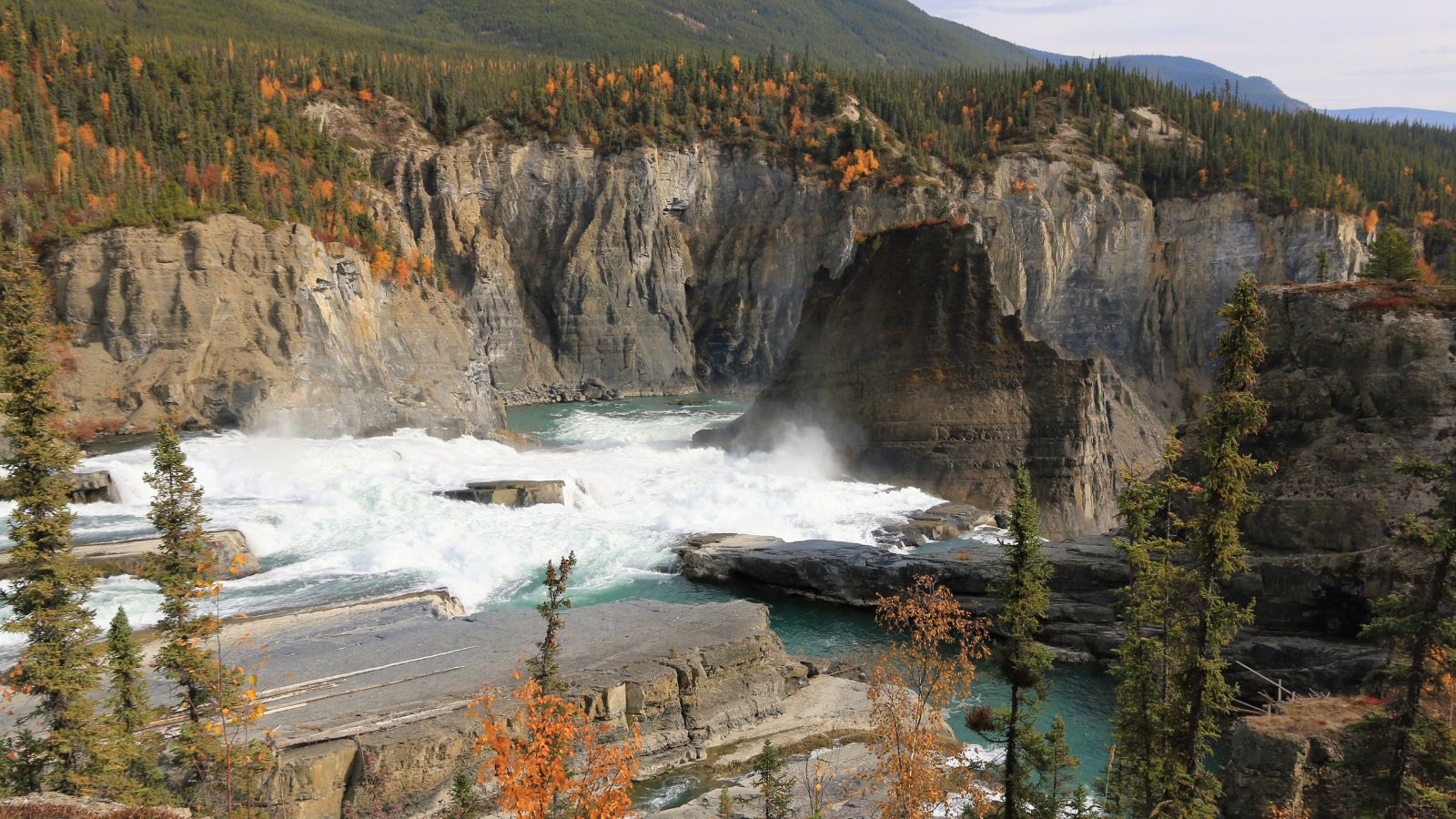
A UNESCO World Heritage Site, Nahanni is a vast wilderness of rushing rivers, deep canyons, and towering waterfalls. Virginia Falls alone is nearly twice the height of Niagara. Accessed only by plane or boat, it offers true isolation. Here, you’ll feel like an explorer charting unknown lands, because few ever make it this far.
Gros Morne National Park, Newfoundland and Labrador
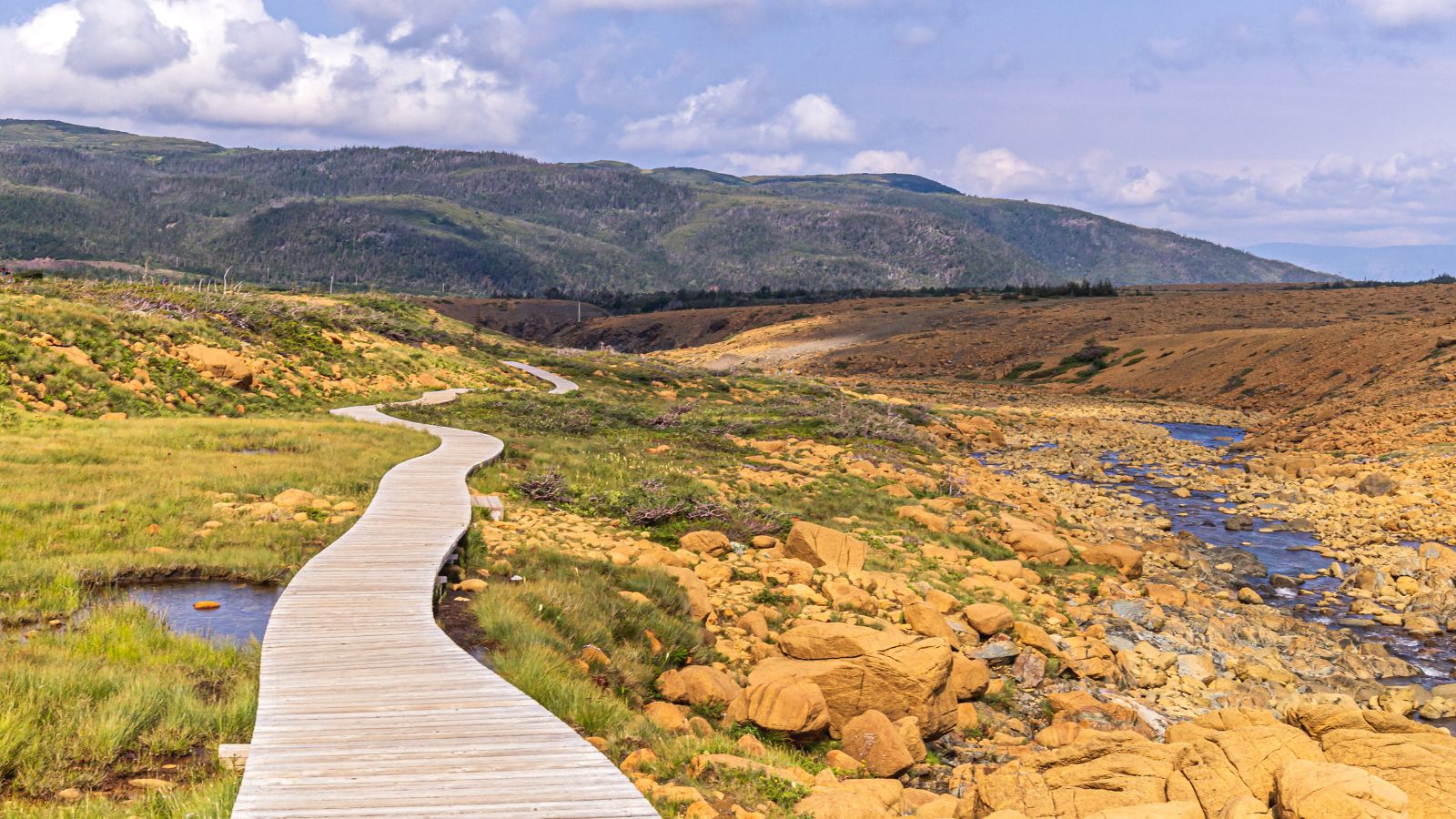
This park is a geological wonder with towering fjords, coastal cliffs, and ancient rock formations dating back hundreds of millions of years. Despite its UNESCO status, the crowds remain light, especially beyond the main trails. Wildlife sightings, such as moose and caribou, add to the sense that you’ve stepped into untouched nature.
Gwaii Haanas, British Columbia
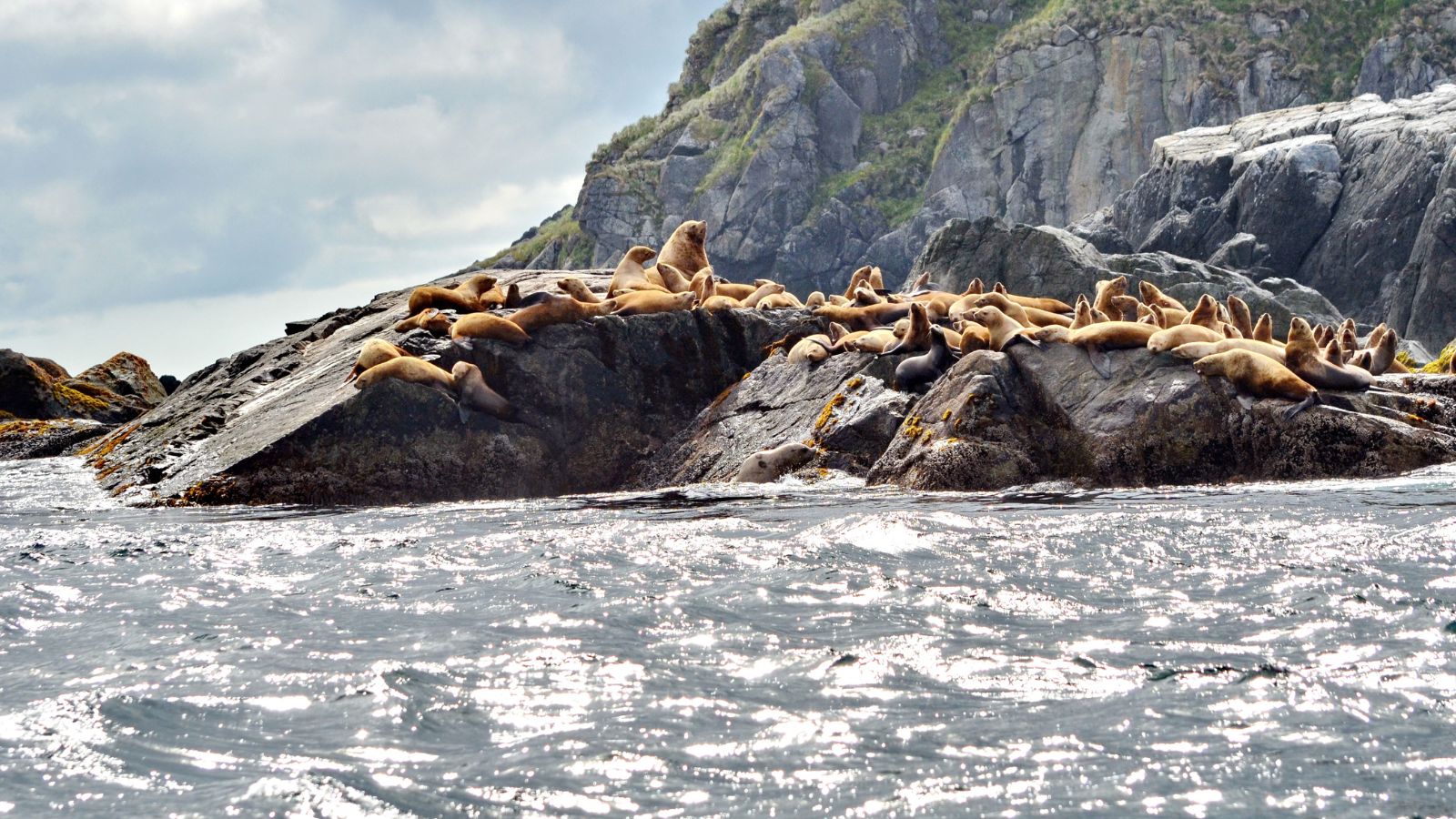
Accessible only by boat or seaplane, Gwaii Haanas is a remote archipelago rich with Haida culture, towering trees, and thriving marine life. You won’t find roads or cell signal here, just raw wilderness, secluded beaches, and ancient totem poles standing guard in moss-covered rainforests.
Tombstone Territorial Park, Yukon
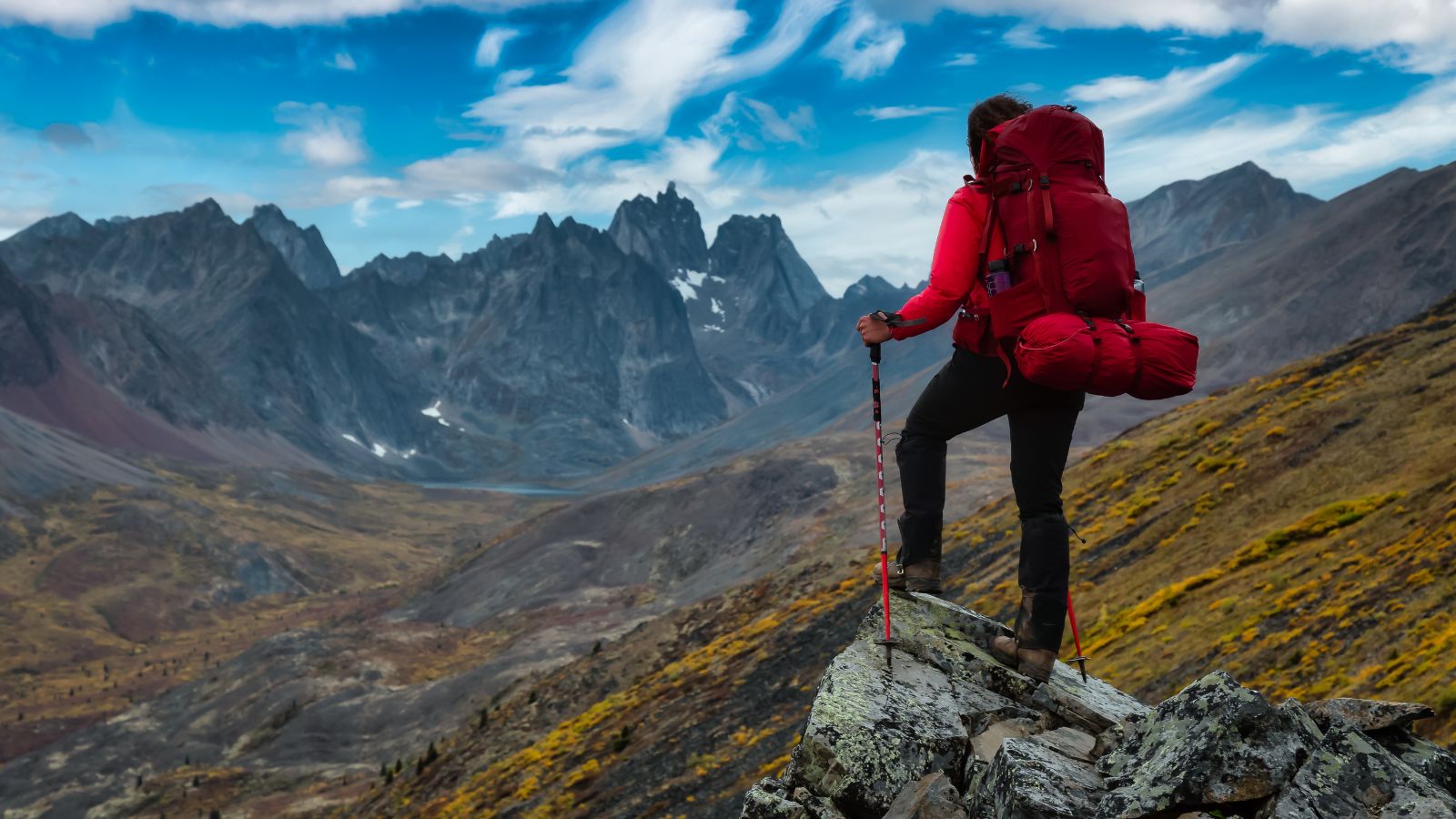
This rugged wilderness north of Whitehorse feels more like the wilds of Alaska. Jagged granite peaks, tundra valleys, and vibrant alpine wildflowers make it breathtaking in summer and hauntingly beautiful in fall. With few facilities and endless trails, Tombstone invites true solitude and the feeling of nature wholly unspoiled.
Pacific Rim National Park Reserve, British Columbia
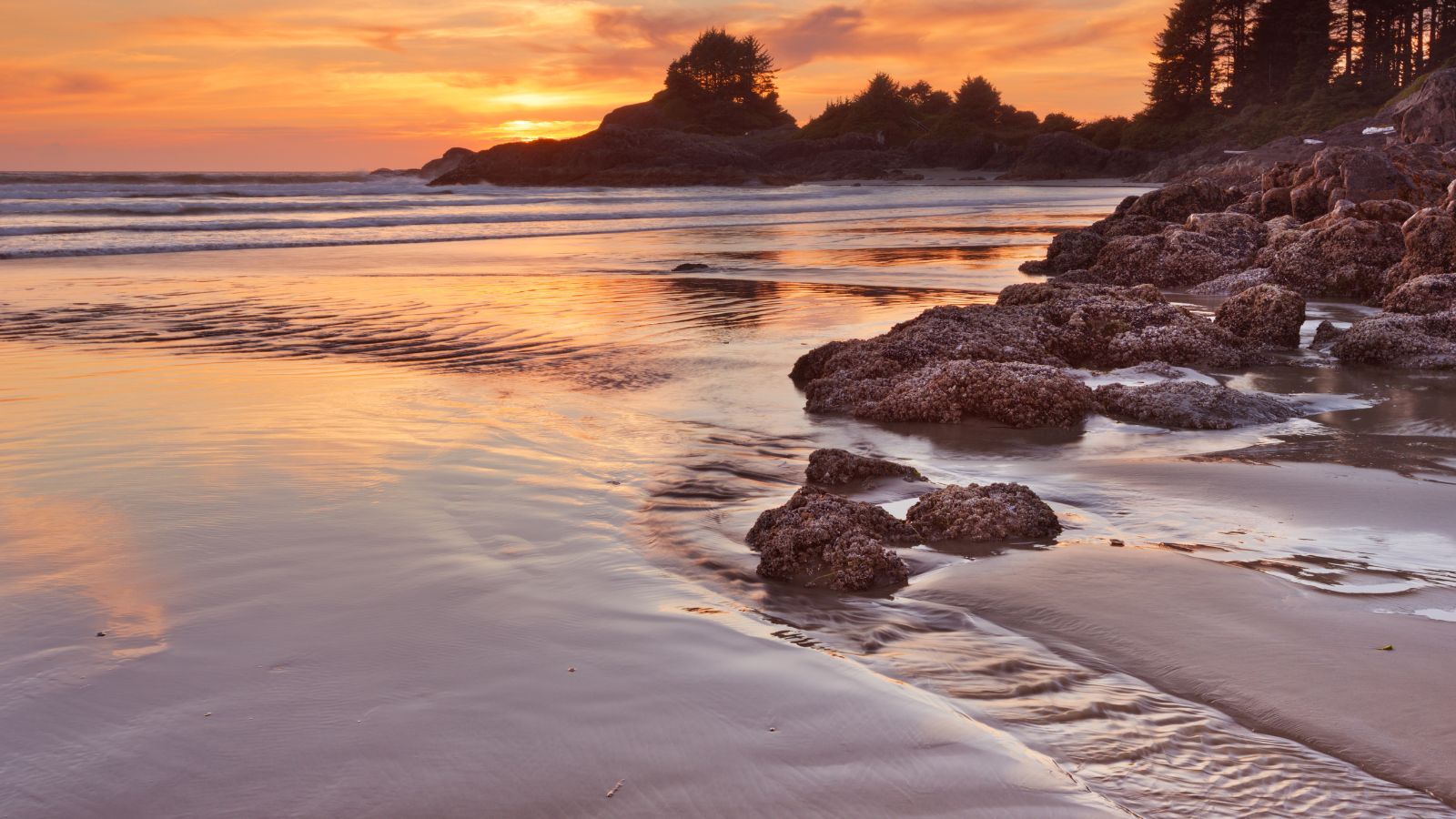
Located on Vancouver Island’s west coast, this park includes ancient rainforests, wild beaches, and misty surf. Walk the Long Beach shoreline with only the sound of waves and wind, or hike into the moss-draped forest where silence is only broken by bird calls. It’s a sensory immersion into coastal wilderness.
Auyuittuq National Park, Nunavut
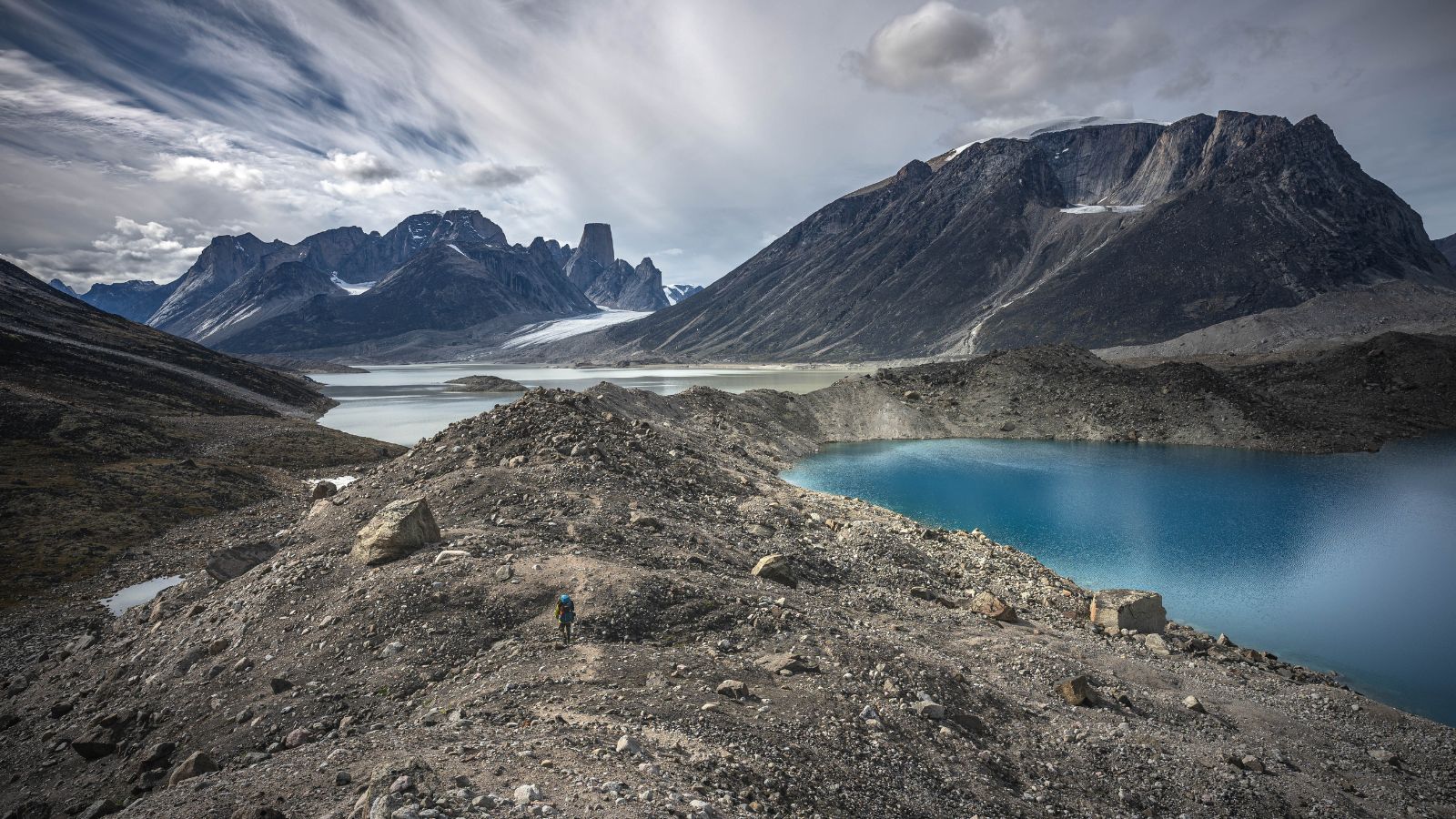
Meaning “the land that never melts,” Auyuittuq is an Arctic expanse of glaciers, granite peaks, and icy fjords. There are no roads or towns—only ancient Inuit travel routes and the humbling scale of the north. For those who venture here, the remoteness is awe-inspiring and profoundly moving.
Kluane National Park and Reserve, Yukon
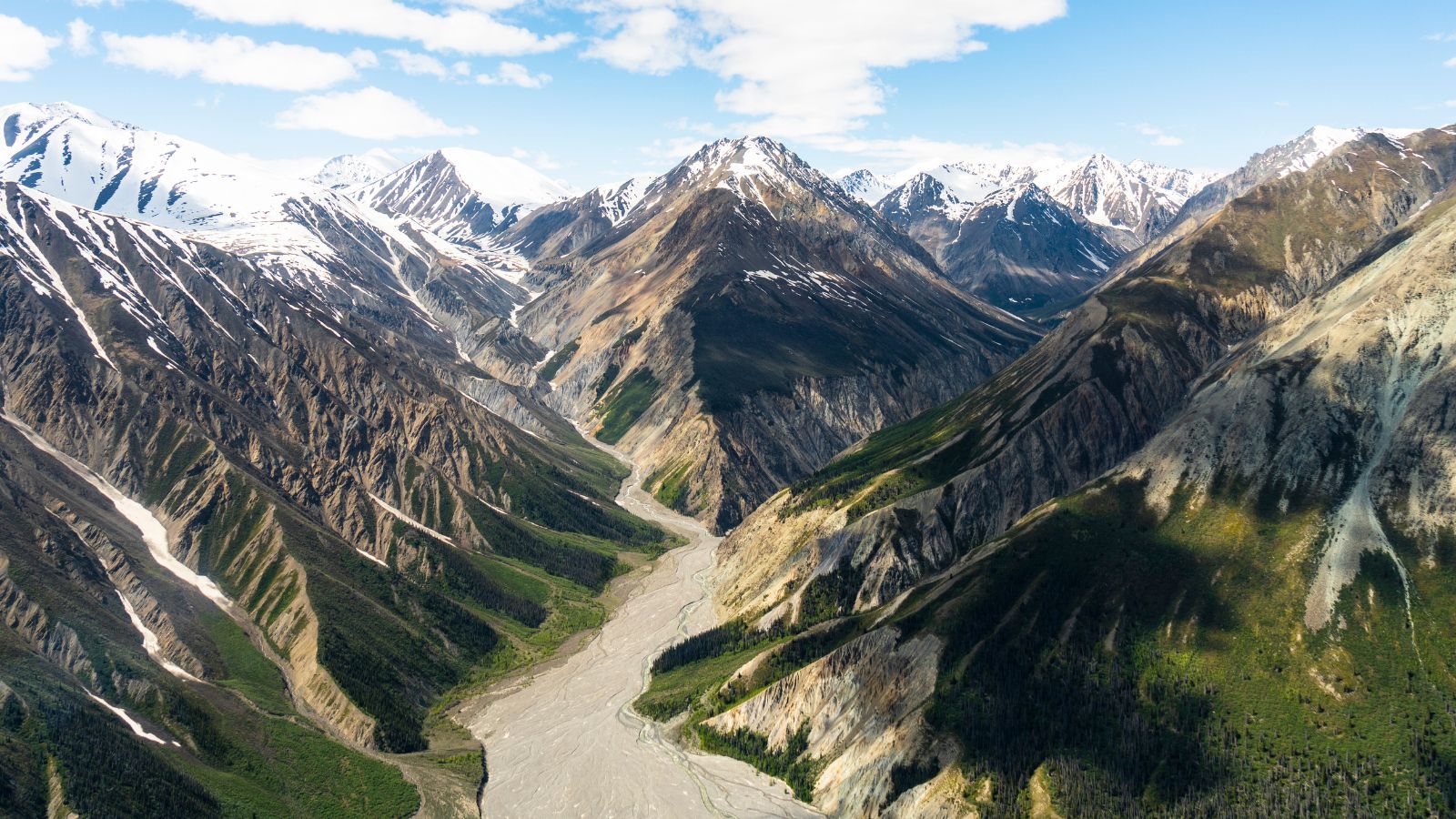
Home to Canada’s highest peak, Mount Logan, Kluane is a dramatic mix of ice fields, grizzly territory, and soaring mountains. With fewer visitors than Banff or Jasper, you’ll likely have hiking trails and glacier views all to yourself. The park is a reminder that wildness still thrives untouched in the north.
Cape Breton Highlands, Nova Scotia
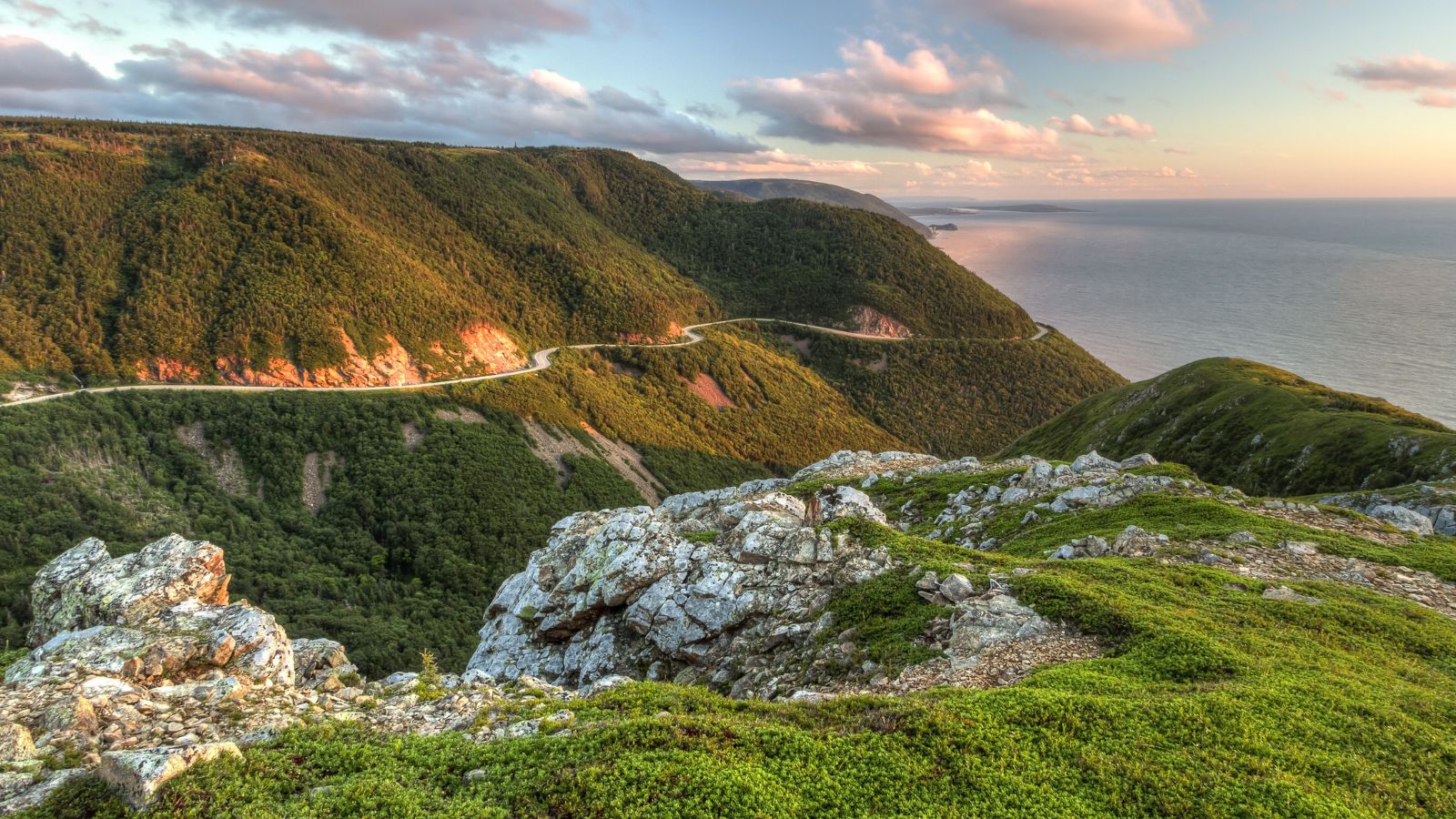
The Cabot Trail is one of Canada’s most iconic drives, but veer off onto a hiking path and you’ll discover dense boreal forests, ocean cliffs, and mountain-top lookouts with few other people in sight. Eagles soar overhead and moose often cross your path, this is the wild edge of Atlantic Canada.
Ivvavik National Park, Yukon
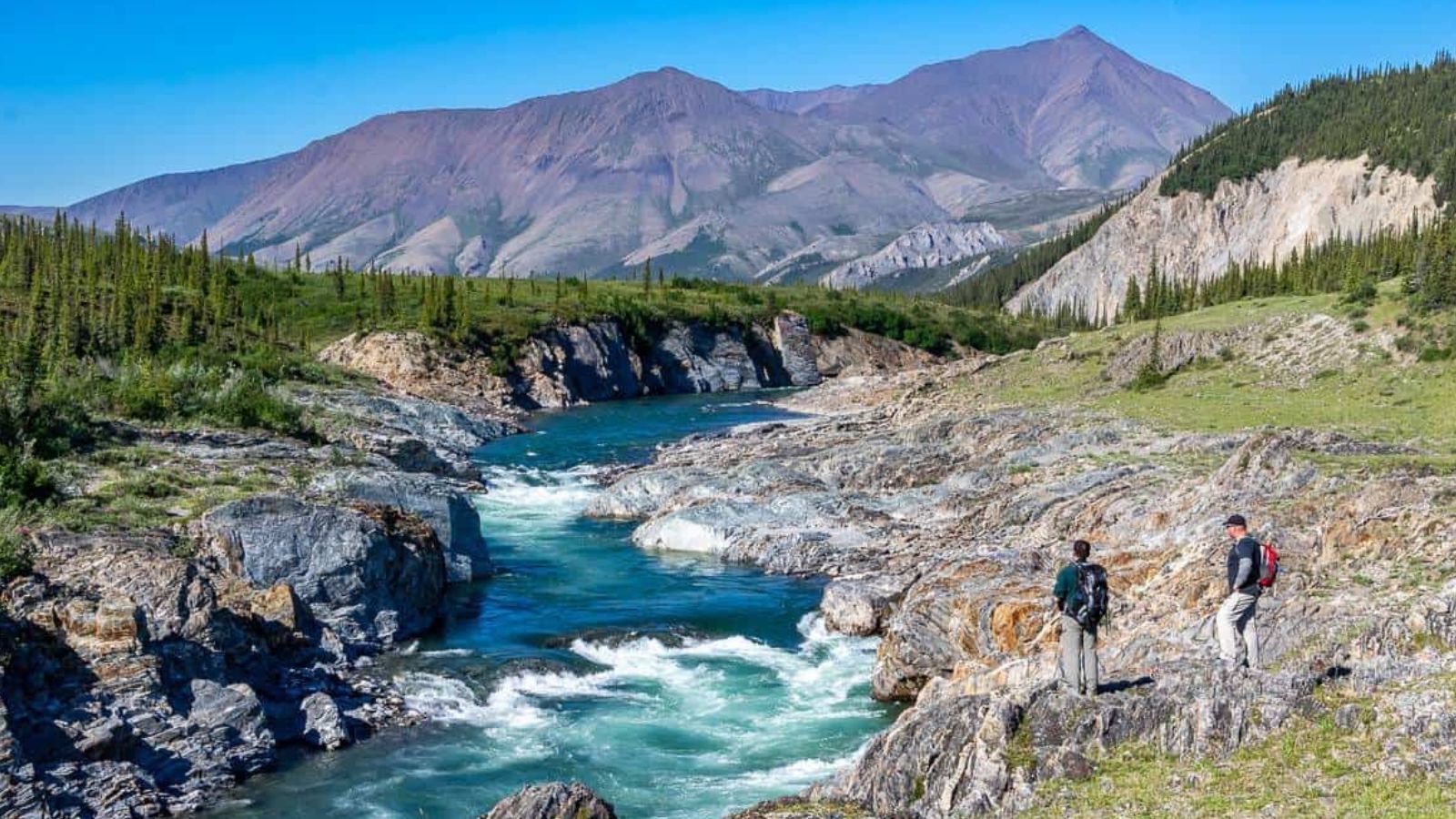
This little-visited park along the Beaufort Sea is one of Canada’s best-kept secrets. Jointly managed with the Inuvialuit people, Ivvavik offers tundra plains, Arctic wildlife, and caribou migrations that feel prehistoric in scale. Getting there requires a chartered flight, but the untouched serenity is more than worth the journey.
Lake Superior Provincial Park, Ontario
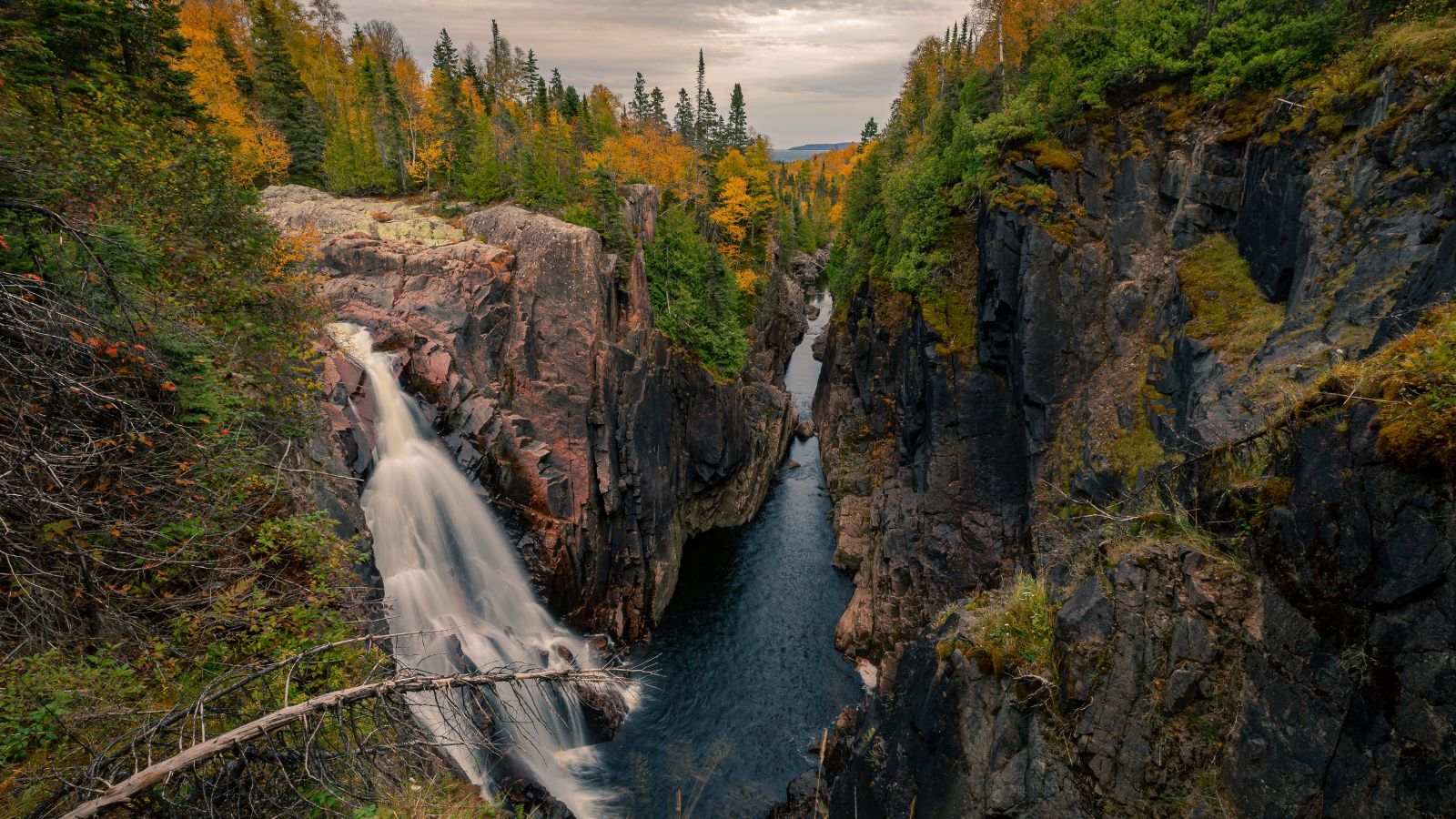
Along the vast northern shore of Lake Superior lies a park of cliffs, beaches, and ancient pictographs. The inland trails offer deep quiet, rugged hills, and lakes that reflect the sky so perfectly it’s hard to tell where one ends and the other begins. Few places feel so completely disconnected from civilization.
Fundy National Park, New Brunswick
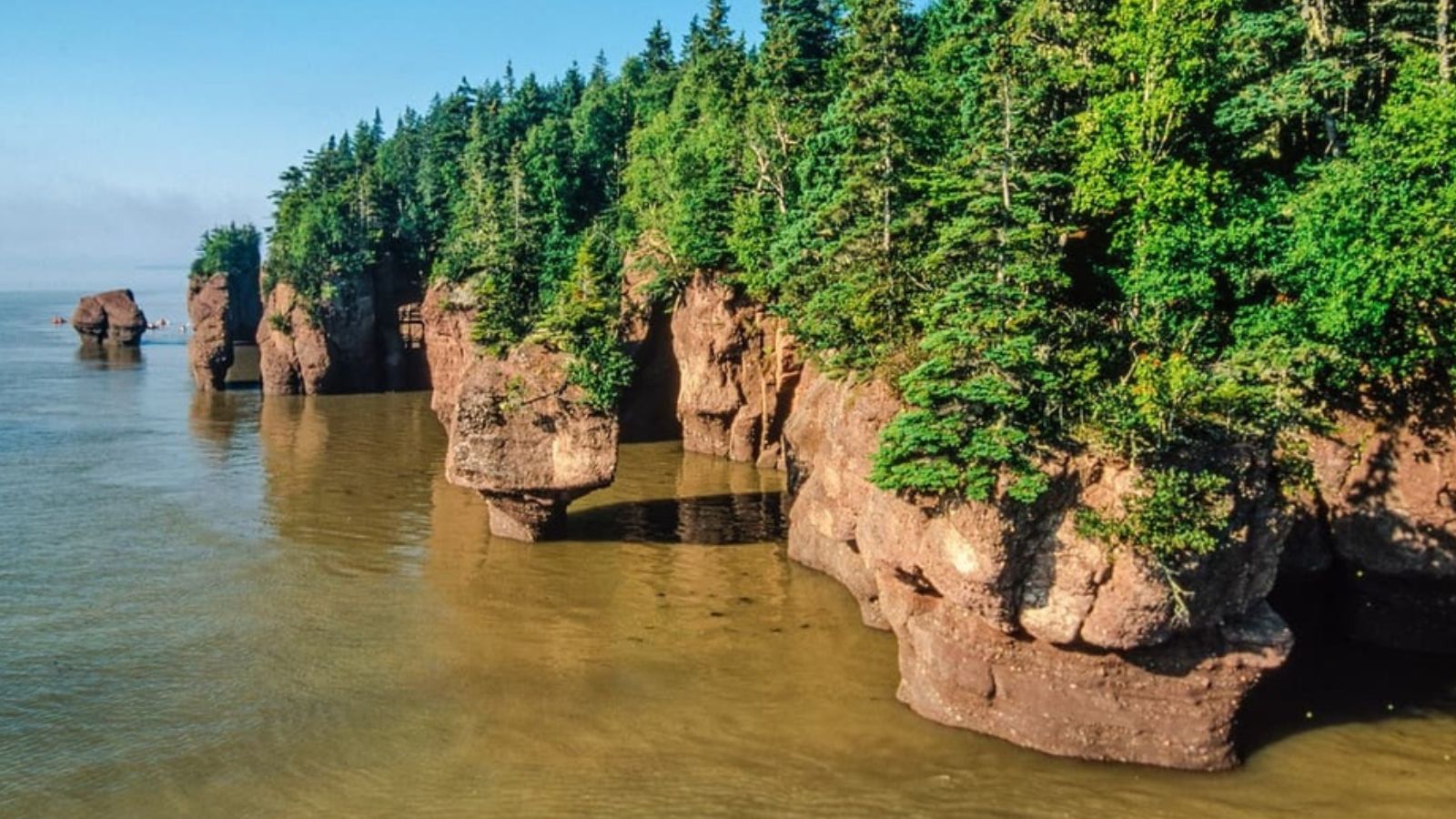
Known for the world’s highest tides, Fundy is more than just a geological marvel. Hike just a little inland and you’ll find cascading waterfalls, mossy forests, and cool river gorges that feel miles from the modern world. The rhythm of the tides lends the park a timeless, almost otherworldly energy.
Wood Buffalo National Park, Alberta and Northwest Territories
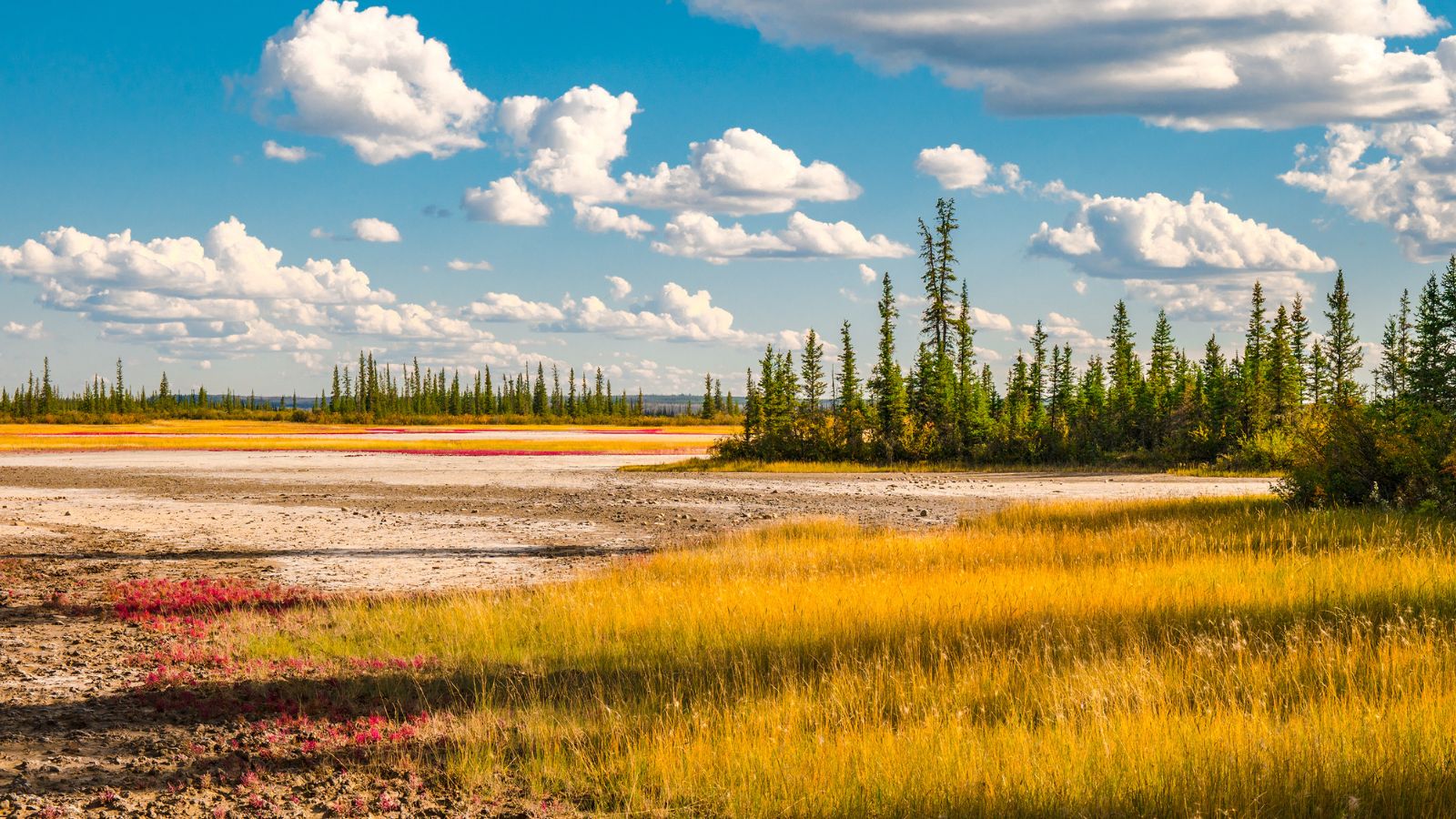
This is Canada’s largest national park, yet few Canadians have even heard of it. Spanning boreal forest and salt plains, it’s home to one of the last herds of free-roaming wood bison and the rare whooping crane. The absence of crowds and infrastructure keeps it as wild as it was centuries ago.
Mingan Archipelago, Quebec
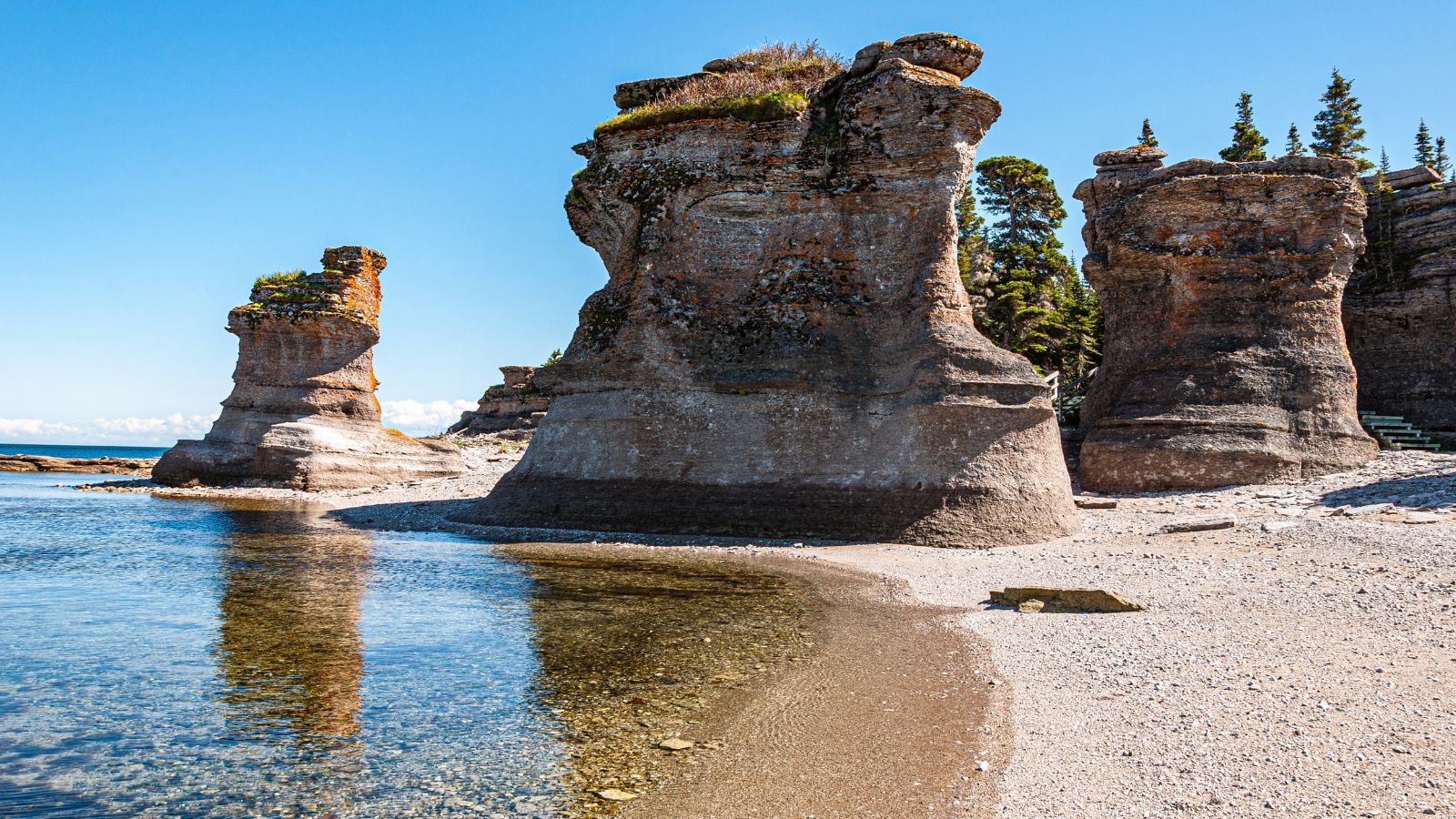
These remote limestone islands off Quebec’s north shore are like a surreal sculpture garden created by wind and sea. Towering monoliths, sea caves, and untouched beaches offer a raw coastal experience. Boat tours are limited and camping is sparse, making it perfect for adventurers seeking nature’s purest moments.
Torngat Mountains National Park, Newfoundland and Labrador
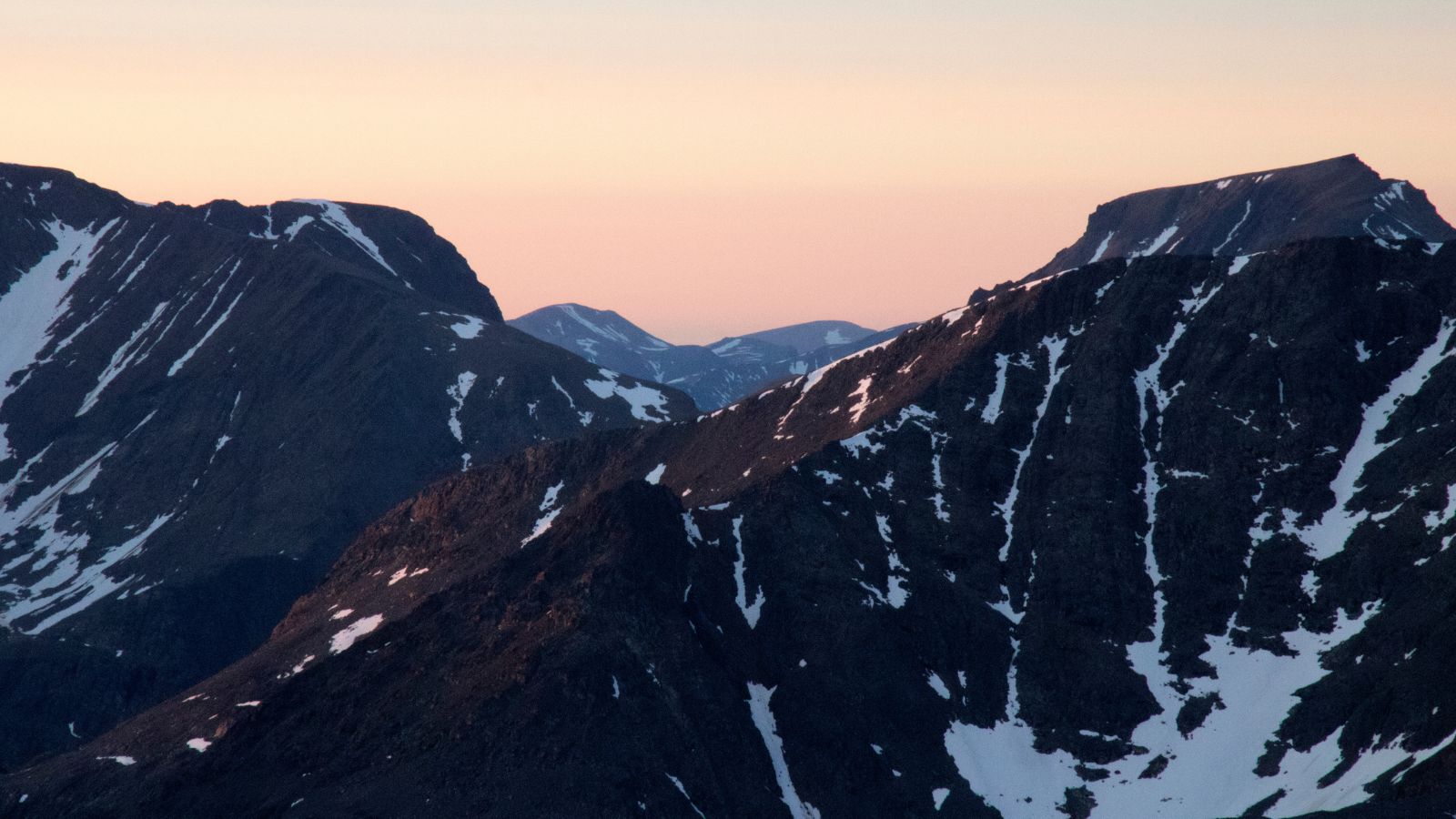
Few places in Canada are as untouched as the Torngats. Located at the northern tip of Labrador, this Inuit-managed park is accessible only by boat or plane. Here, polar bears roam freely, and the land’s spiritual significance is deeply felt, making it a raw, majestic, and humbling place where you can isolate.
Bonaventure Island, Quebec
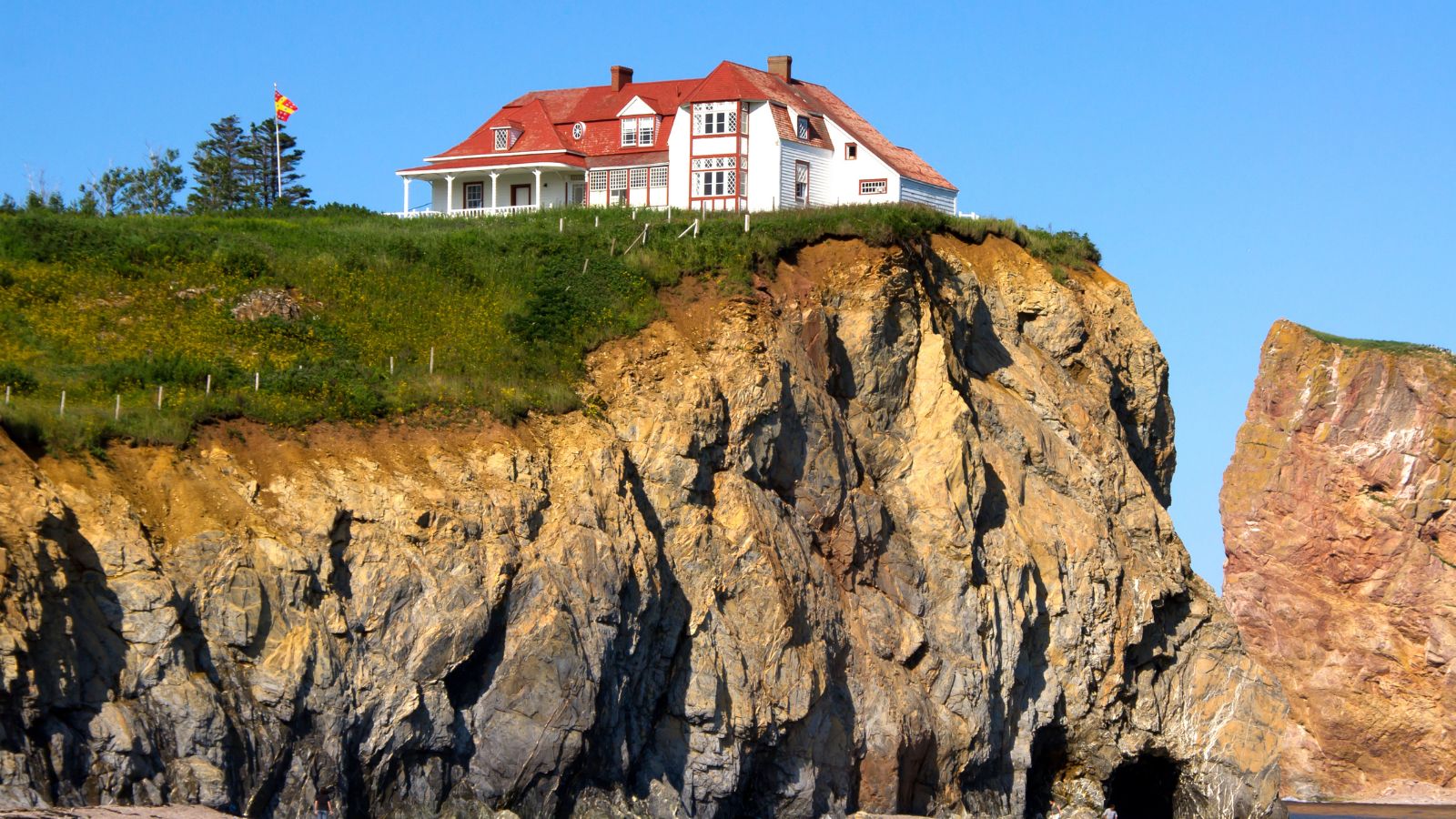
Located near Percé Rock, Bonaventure Island offers a unique encounter with untamed nature. It’s home to one of the world’s largest colonies of northern gannets. The quiet trails wind through coastal forest and open onto cliffs filled with birds. It’s a stunning reminder of how vibrant undisturbed ecosystems can be.
Bruce Peninsula National Park, Ontario
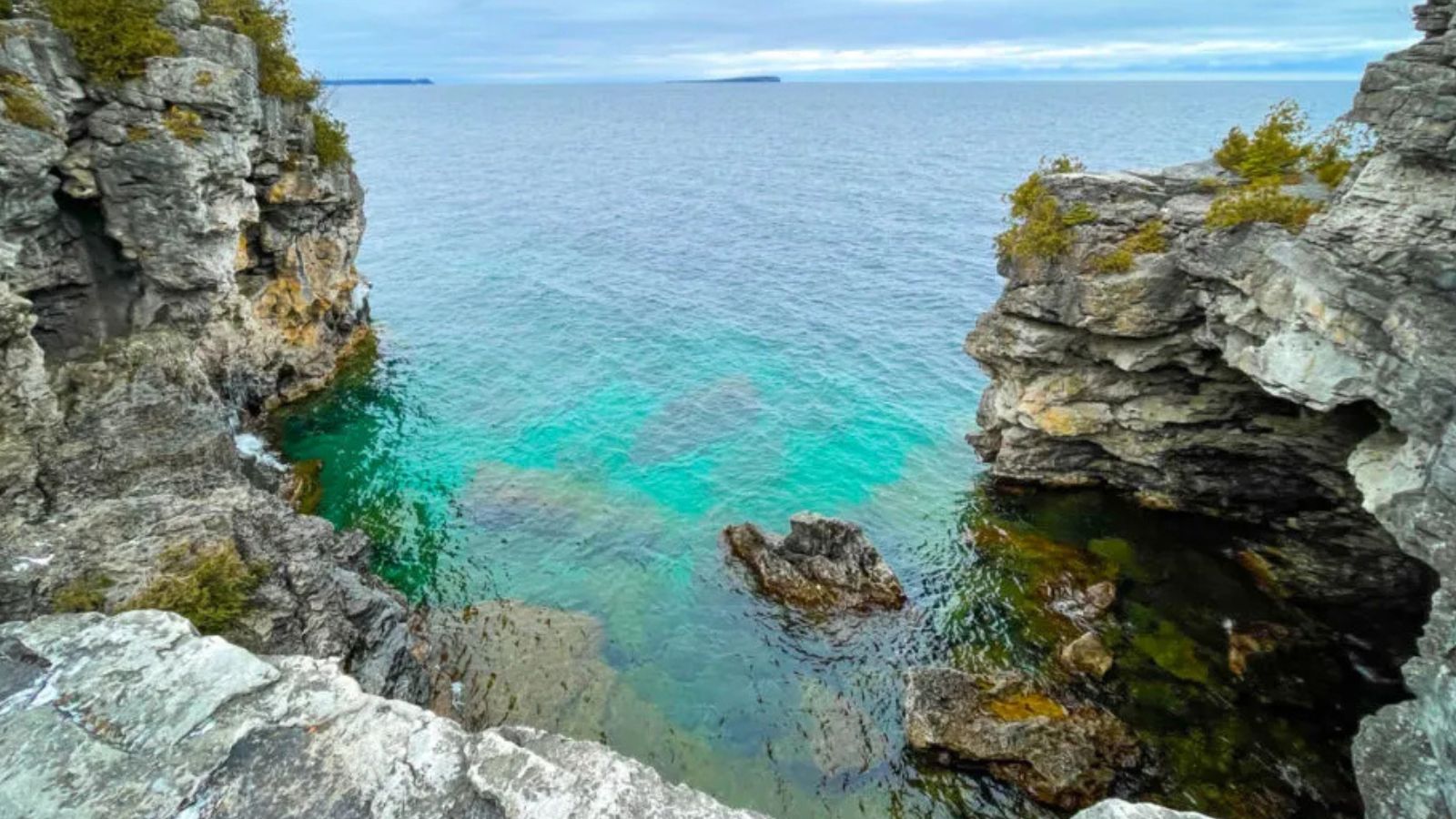
While popular in summer, this park still offers many quiet corners. Its turquoise waters, caves, and dense cedar forests offer the illusion of a tropical wilderness. Hike the Bruce Trail away from the crowds, and you’ll discover that the real magic lies in its untouched cliffs and inland beauty.
Great Bear Rainforest, British Columbia
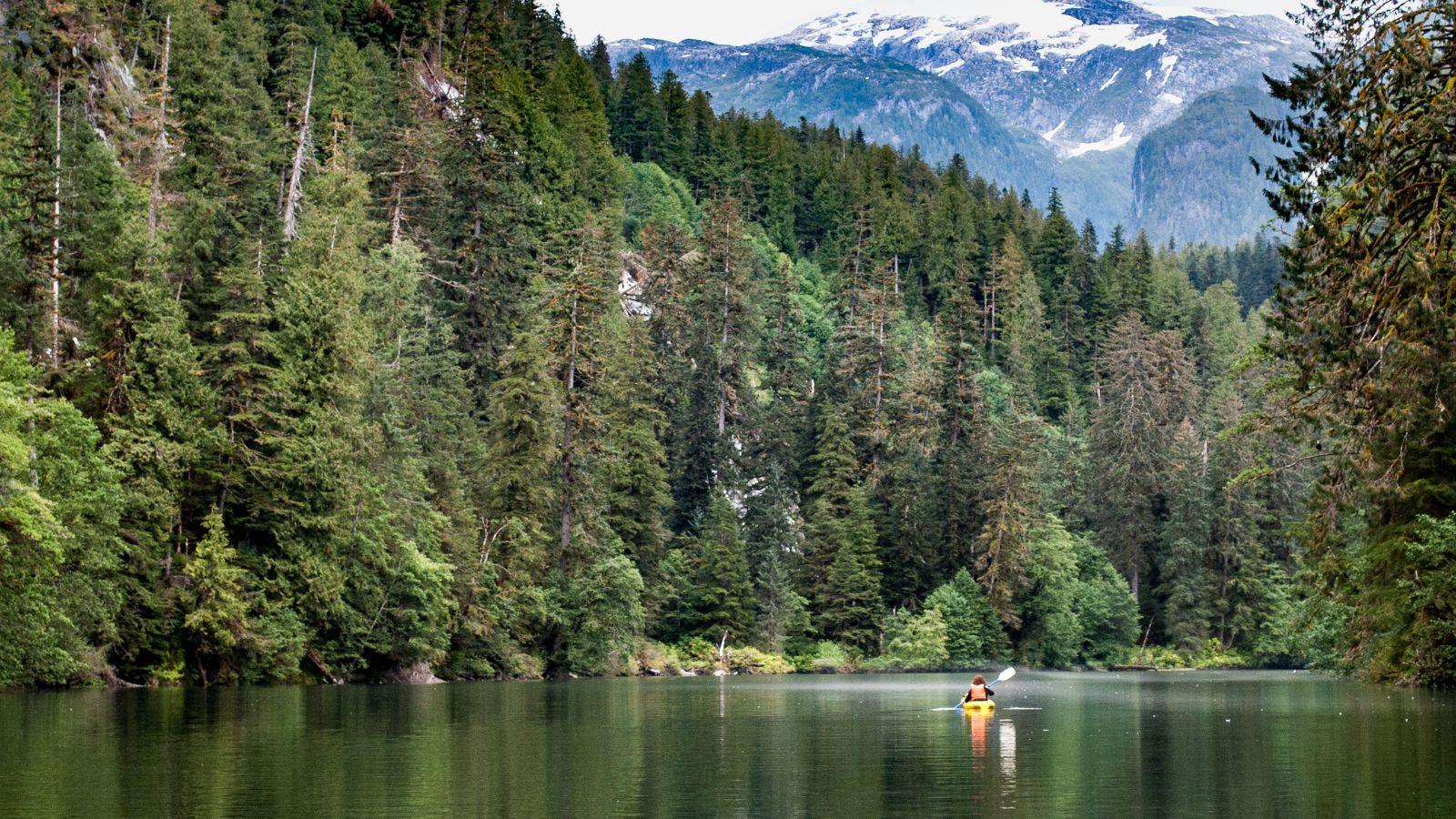
Spanning millions of hectares, this is one of the world’s largest temperate rainforests. Ancient cedars, grizzly bears, and even the rare white “spirit bear” call it home. Protecting this region has been a powerful Indigenous-led effort, and the result is a wilderness that remains breathtakingly intact and teeming with life.
Nahmint Valley, British Columbia

Lesser known than its neighboring parks, Nahmint Valley offers dense forest, waterfalls, and old-growth trees that stretch skyward like living cathedrals. Accessible by logging roads near Port Alberni, this backcountry gem feels as raw and undisturbed as any place on the island. Few places echo with the silence of giants like this.
Quttinirpaaq National Park, Nunavut

As one of the most northerly parks on Earth, Quttinirpaaq is where the land meets the ice. Towering mountains, glaciers, and polar desert stretch endlessly toward the North Pole. Visits are rare and often require weeks of planning, but those who go experience nature on a scale most can barely imagine.
La Mauricie National Park, Quebec
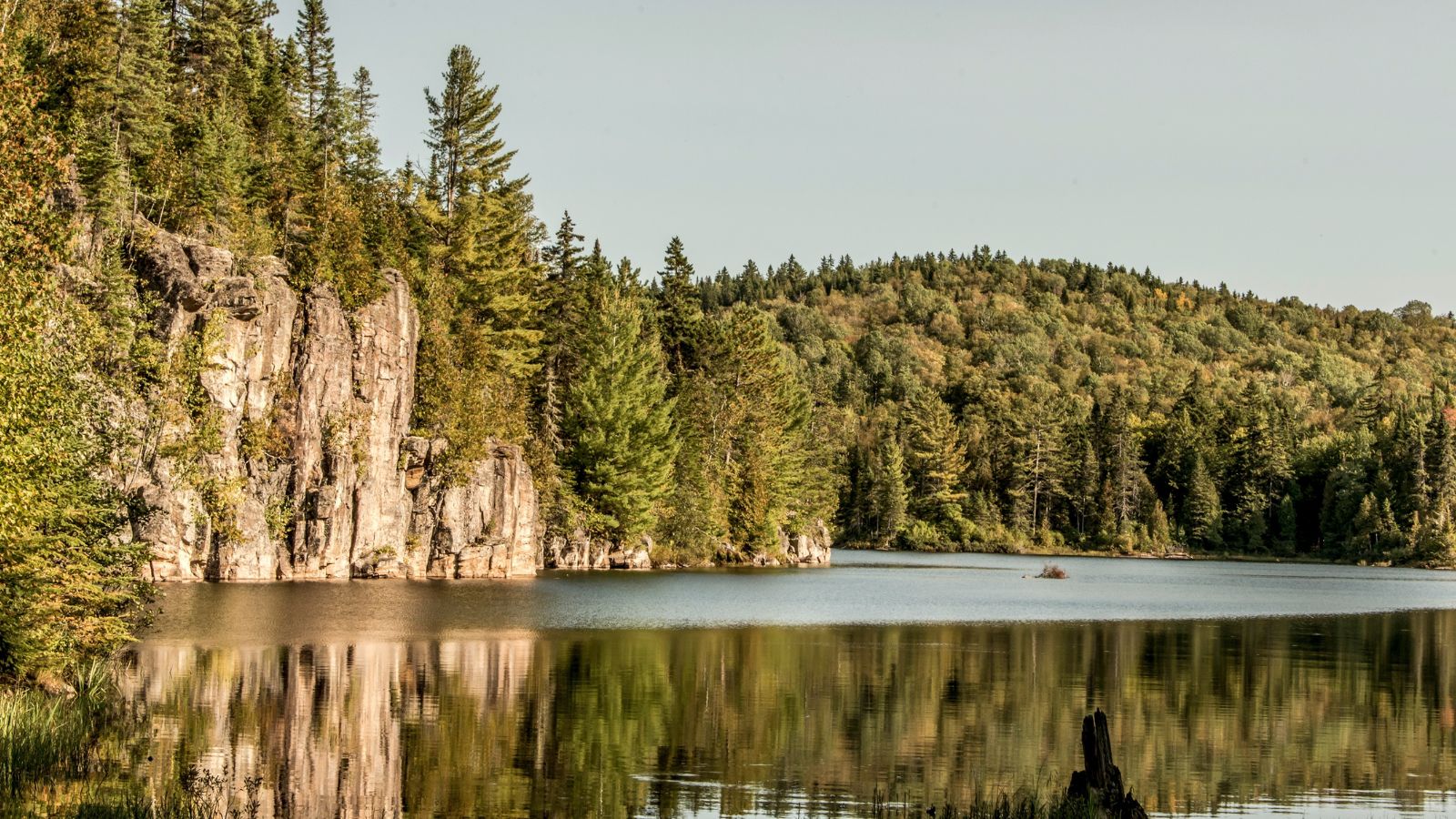
Just a few hours from Montreal, La Mauricie still manages to feel untouched in many parts. Lakes mirror the sky, loons call in the distance, and paddle routes take you deep into boreal solitude. While campgrounds exist, backcountry camping opens up a world of quiet forests and mist-covered mornings.
Atikaki Provincial Park, Manitoba

Accessible only by canoe or floatplane, Atikaki is part of the vast boreal wilderness that spans into Ontario and Minnesota. Its pristine rivers, lakes, and granite outcrops offer a dreamscape for paddlers. Wildlife is abundant, human impact is minimal, and the silence is all-encompassing.
Elk Island National Park, Alberta
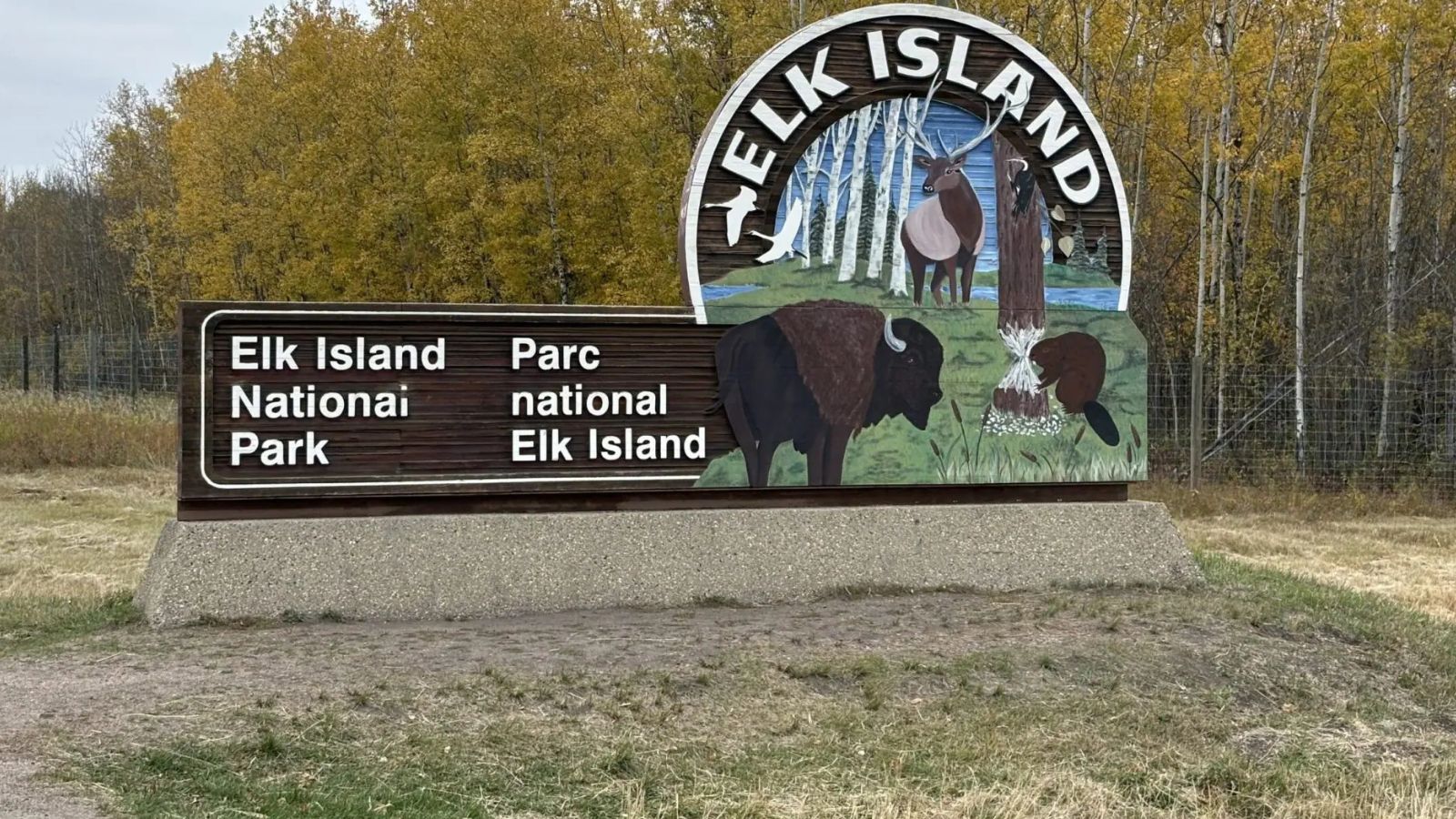
Despite being close to Edmonton, Elk Island offers a surprising escape. Bison roam freely across the grasslands and forests, and starry skies blanket the quiet nights. It’s a reminder that wild nature doesn’t always require a remote journey, sometimes, it’s hiding in plain sight, waiting for you to slow down.
Spatsizi Plateau Wilderness Park, British Columbia
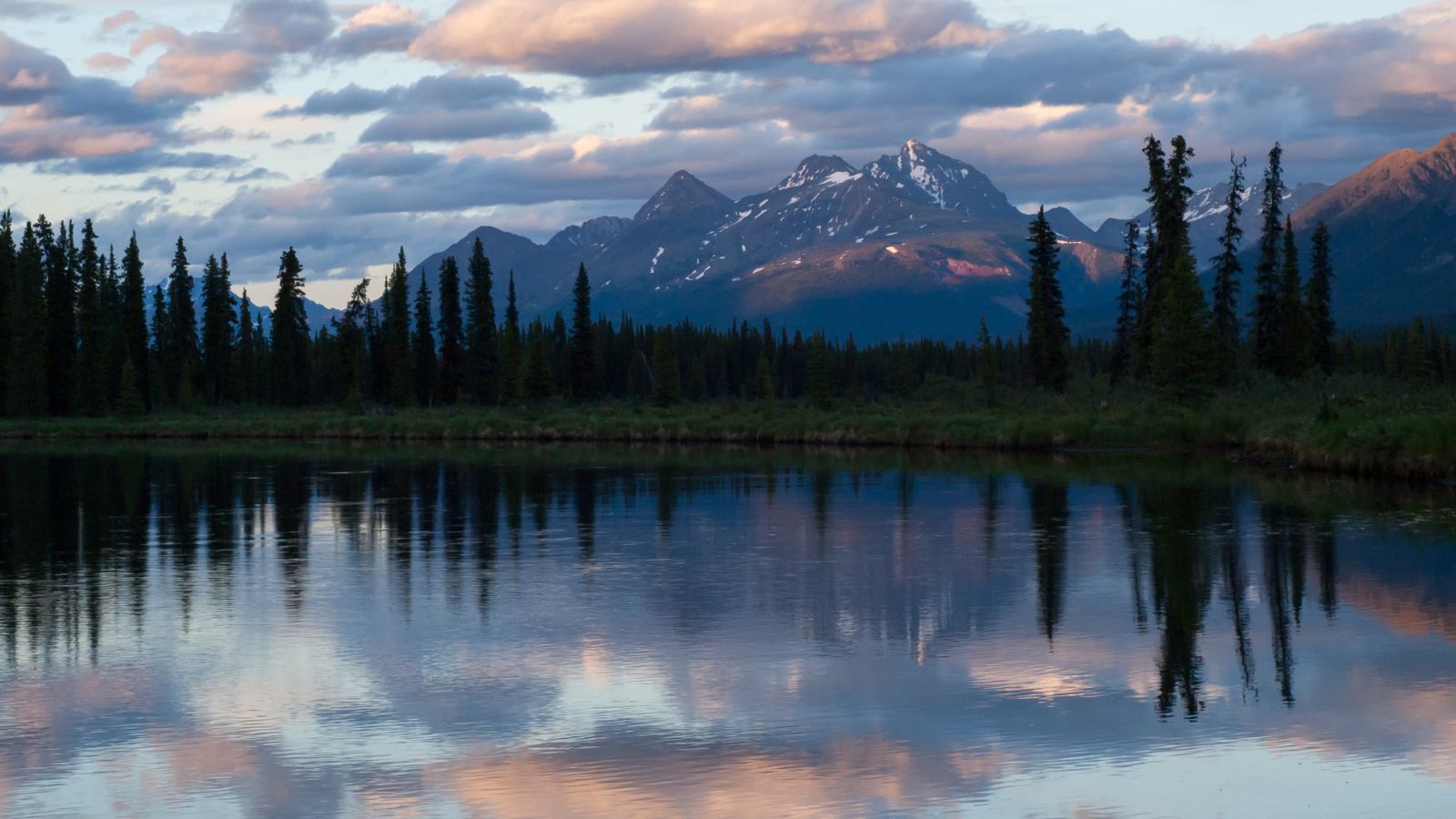
Spatsizi is one of Canada’s largest and most remote parks. Its name means “red goat” in Tahltan, referring to the mountain goats found on its red-stained cliffs. Few roads exist here. Fly-in access and an absence of development preserve its wilderness, vast, silent, and stunningly wild.
Kejimkujik National Park, Nova Scotia
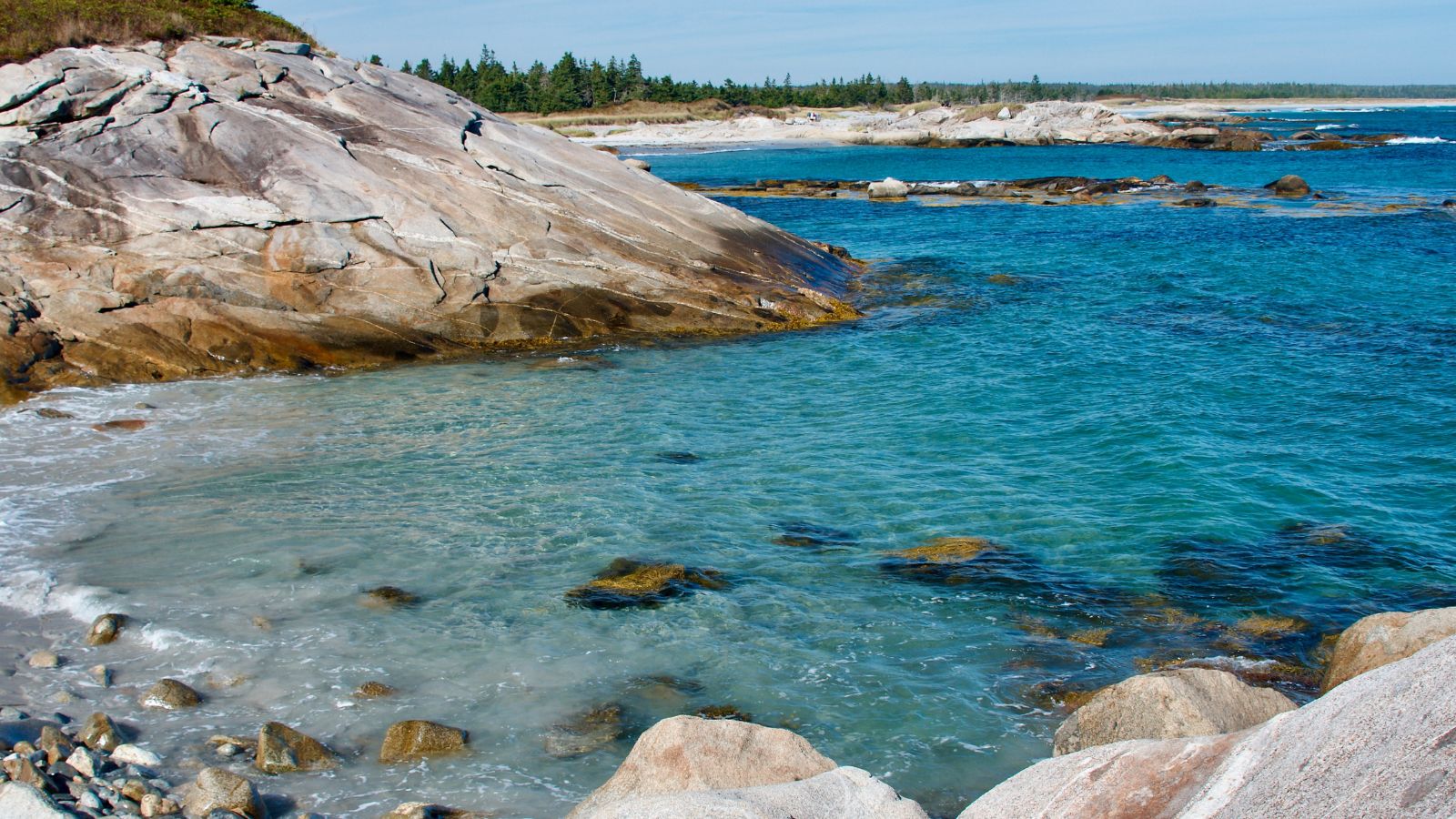
Inland trails, canoe routes, and night skies untouched by artificial light define Kejimkujik. Its rich Mi’kmaq heritage, ancient petroglyphs, and abundant wildlife make it not just a natural refuge, but a cultural one. As you paddle the still waters or walk through whispering pines, it feels like stepping back in time.
The Bugaboos, British Columbia
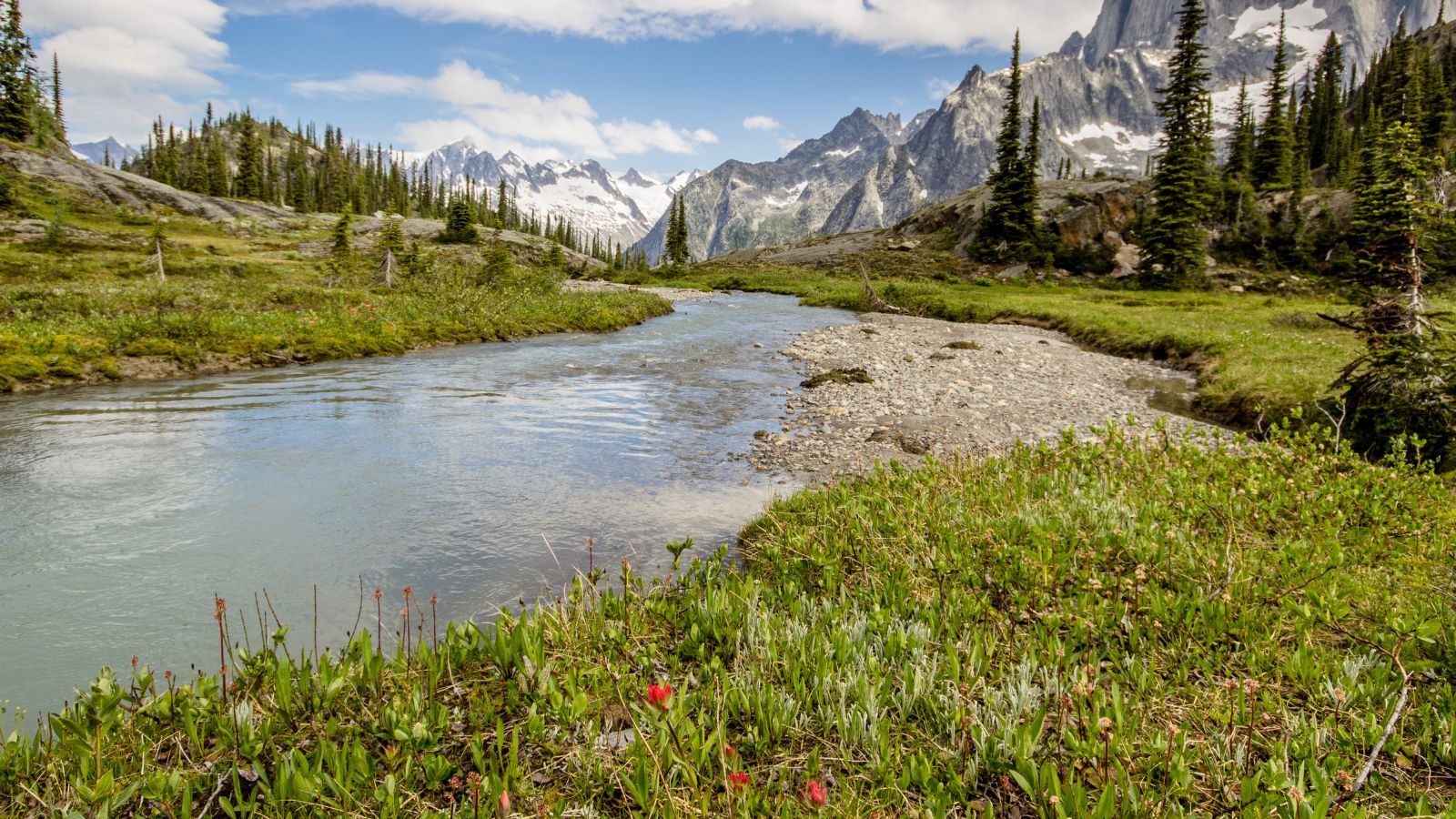
This dramatic range of granite spires, glaciers, and alpine meadows is a mountaineer’s paradise. Even in summer, you’re more likely to see marmots than fellow hikers. Whether you’re trekking or just admiring the peaks from a basecamp, the Bugaboos radiate a raw, exhilarating wilderness energy.
Whiteshell Provincial Park, Manitoba
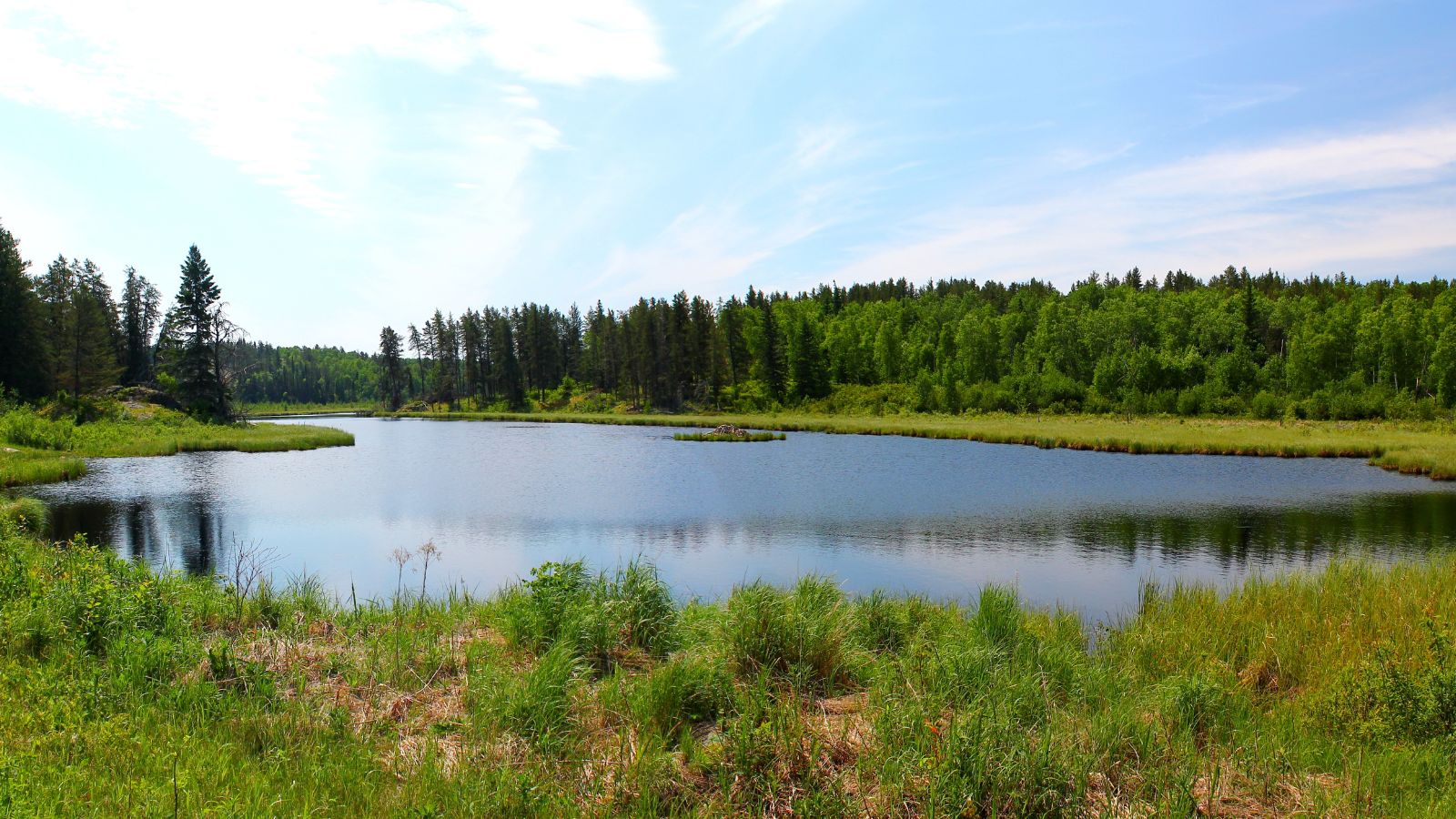
A mosaic of lakes, forest, and rock, Whiteshell remains surprisingly wild despite its popularity. Venture beyond the main beaches and you’ll find secluded paddle routes, hiking trails, and wildlife-rich areas where nature feels undisturbed. At sunrise, when loons call over misty lakes, it’s easy to feel like the first person to ever arrive.
Pukaskwa National Park, Ontario
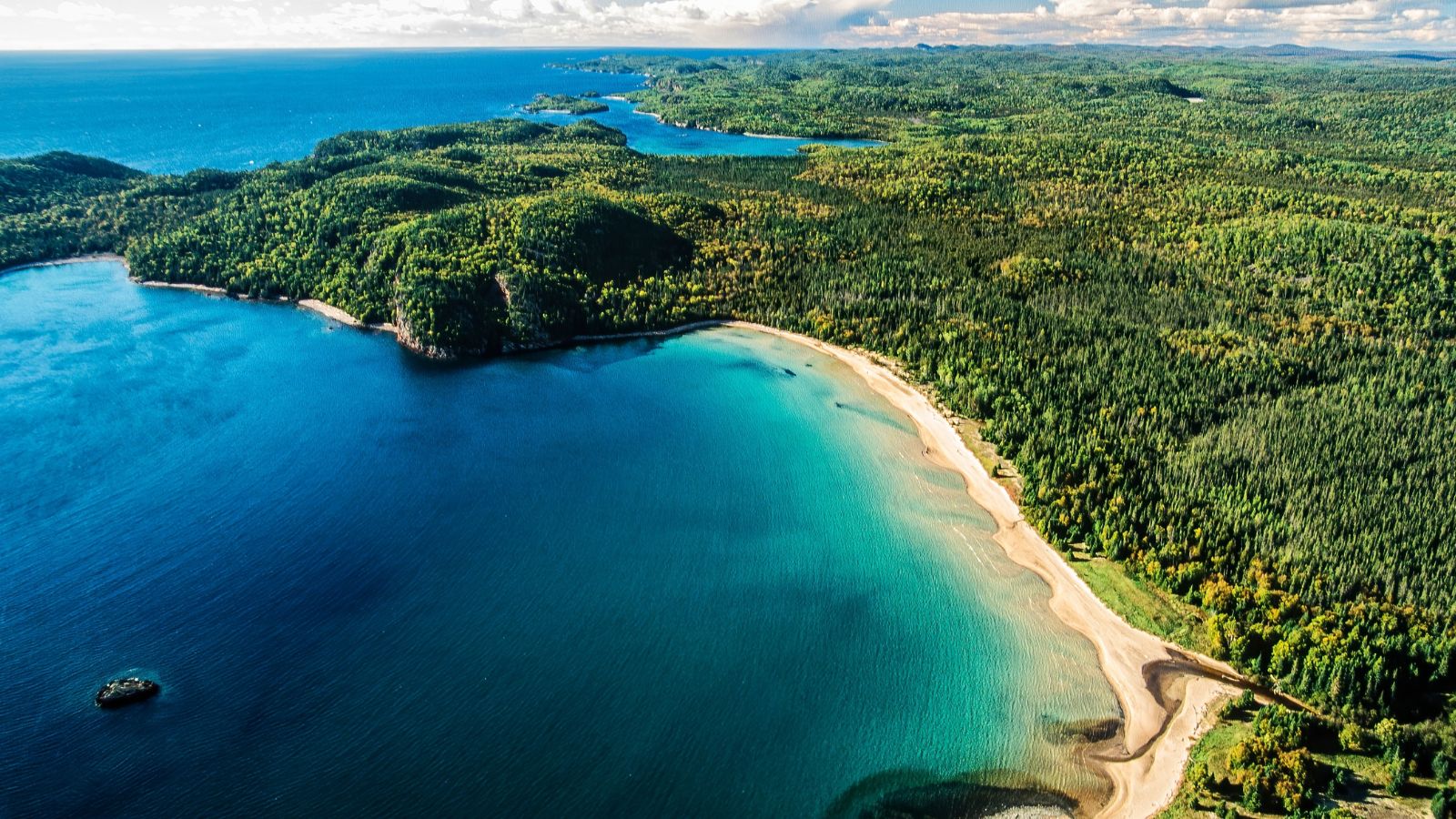
This remote Lake Superior park is rugged and dramatic, with cliffs plunging into icy waters and boreal forests as dense as they come. The Coastal Hiking Trail offers solitude and wild beauty in equal measure. It’s not for the faint of heart, but those who go are rewarded with pristine wilderness unlike anywhere else in Ontario.
Cape Chignecto Provincial Park, Nova Scotia
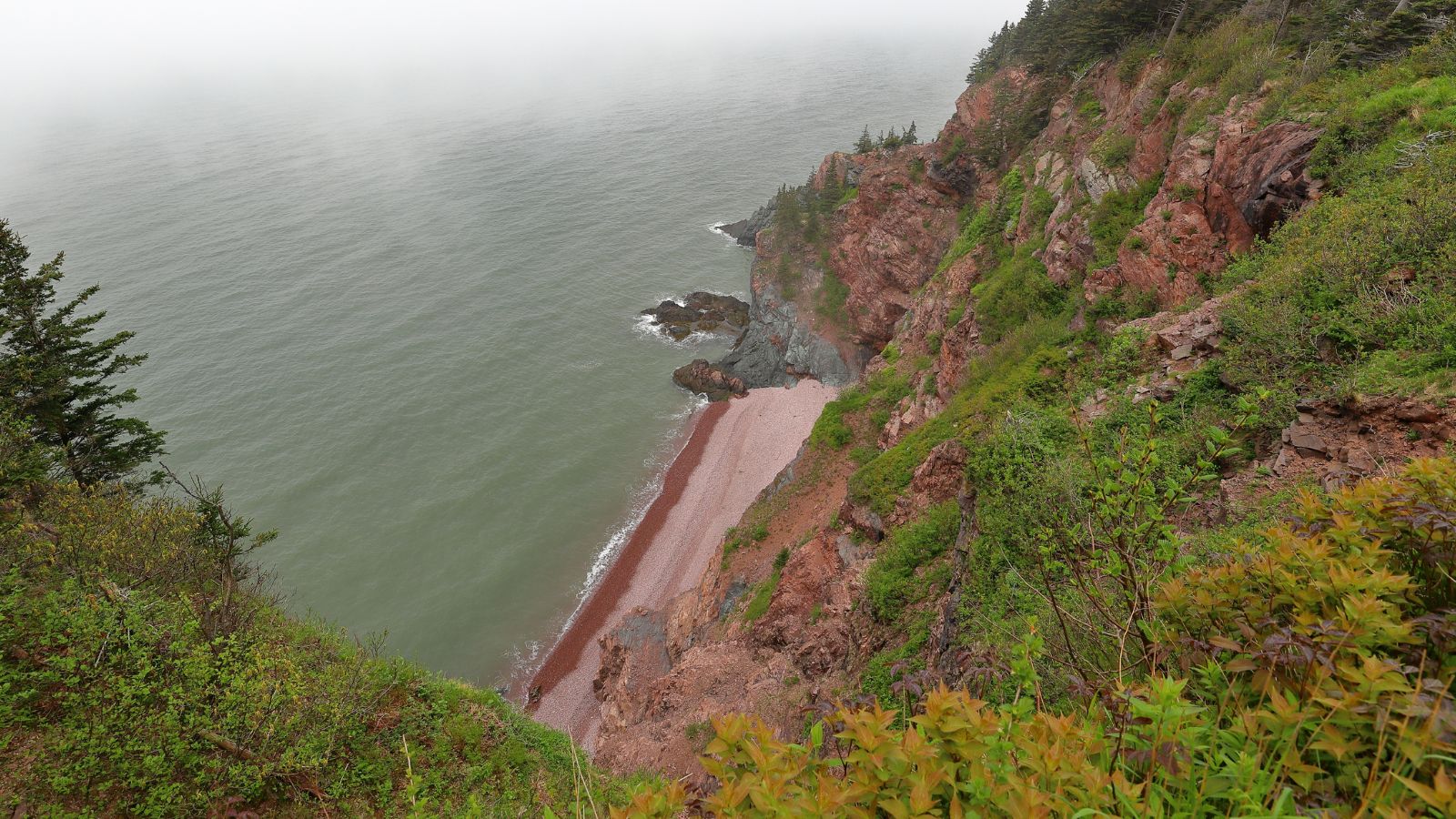
Cape Chignecto is raw Atlantic wilderness at its best. Towering sea cliffs, tidal flats, and windswept forests make it feel far removed from civilization. Hike the challenging multi-day loop and you’ll pass through landscapes untouched by time, where the ocean’s roar and the scent of spruce define your days.
22 Times Canadian Ingenuity Left the U.S. in the Dust

When people think of innovation, they often picture Silicon Valley. However, Canada has a history of innovation, too. Whether it’s redefining sports, revolutionizing medicine, or just showing America up at its own game, Canadian inventors, thinkers, and dreamers have had their fair share of mic-drop moments. Here are 22 times Canadian ingenuity left the U.S. in the dust.
22 Times Canadian Ingenuity Left the U.S. in the Dust
